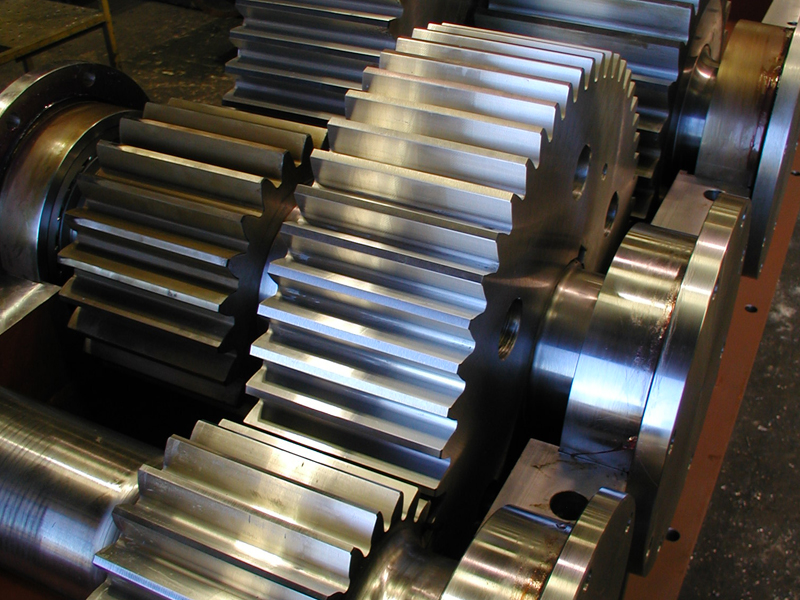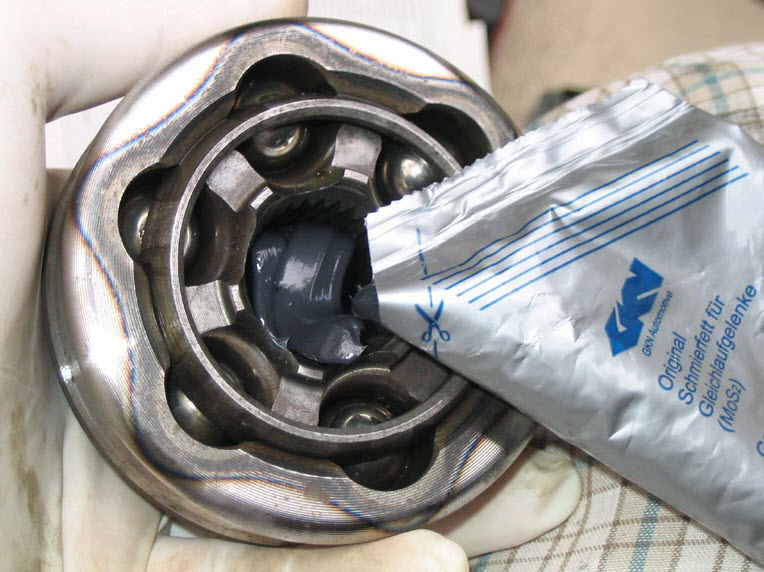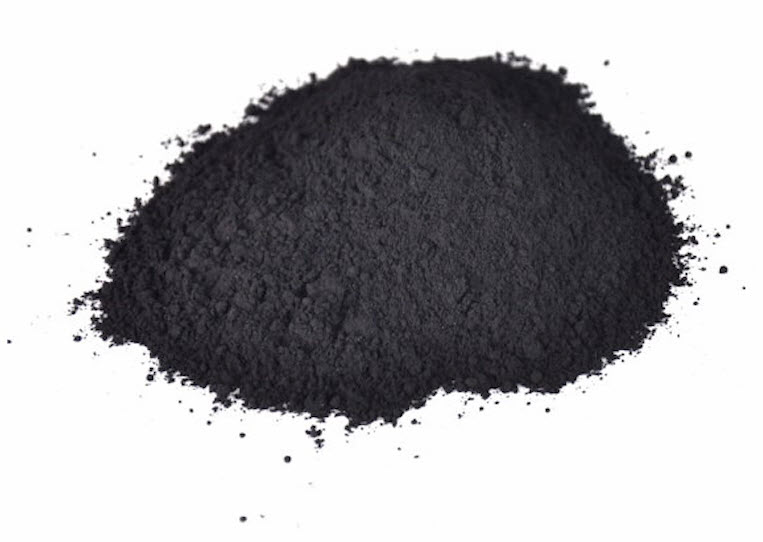
Lubrication Application
Proper lubrication is a key factor affecting the performance and longevity of rotating mechanical equipment. From temperatures of over 1,000 degrees Fahrenheit to speeds in the tens of thousands of revolutions per minute, the moving parts of industrial machinery experience colossal amounts of stress as part of their everyday operation. One of the main factors that allow equipment to operate under such extreme circumstances is the lubrication used to reduce friction between moving surfaces. Understanding the types, selection, and applications of the lubrication found in an industrial facility is vital knowledge for operators and technicians.

Oils
Liquid lubricants, generally referred to as oils or lube oils, share the properties of all liquids, are able to flow, and take the shape of their containers. The properties of lubricating oils make them suitable for a wide range of applications.
Remove Heat – Since oil can flow freely, it has the ability to absorb and carry away the heat generated by the components it flows over.
Cleaning – As oil flows through a system, it will pick up and suspend contaminants. The oil can then be passed through filters or settling areas that allow the contaminants to be removed from the system.
Level Control – Using sight glasses or level indicators, the exact amount of oil in a system can be determined and controlled.
Replaceability – As oil is flowing through a system, it can be removed and new oil added without interrupting component operation. This can save costs on both maintenance hours and equipment downtime.
Representative Sampling – Oil gets mixed as it moves through a system, allowing a fairly representative sample to be taken and analyzed for lubricant and component health.
Leakage – Although it may not seem like a good thing, oil leaking from worn seals and gaskets gives a positive indication of components that need to be replaced. This can prevent much more serious and expensive damage from occurring.
There are several types of lubricating oils used in industrial applications, each with its own strengths and weaknesses.
Mineral Oils – Mineral oils are composed of a complex mixture of hydrocarbons and are produced by processing crude, or petroleum, oil. One of the main advantages of using mineral oils is that they are manufactured on a large-scale basis during the refinement of petroleum and are, therefore, much cheaper than the alternatives.
Synthetic Oils – Synthetic oils, on the other hand, are artificially made typically by combining organic chemicals into specific mixtures. Advantages of synthetic oils include better viscosity at high and low temperatures, better chemical stability, better resistance to oxidation, and good fire resistance. However, synthetics are more expensive than mineral oils and susceptible to decomposition in certain chemical environments.
Fixed Oils – Fixed oils, or biolubricants, are processed from animal or vegetable sources. They are rarely used by themselves as they tend to break down at high temperatures. Instead, they are added to mineral oils and greases.

Greases
Oils are not always the best choice when it comes to lubricating components. Some situations require the lubricant to stick to a component, while others require lubrication for components that are typically not accessible. Semi-solid lubricants, commonly referred to as greases, share many of the same properties of their liquid counterparts, but are designed to stay in one place or stick to the parts they are meant to lubricate. The following are some advantages of using grease to lubricate machinery.
Application – Grease will stick to the surface to which it is applied, even vertical surfaces open to the environment. This allows grease to be used in applications where oil would be ineffective.
Independent of System – Unlike oil, grease does not require a conditioning system or pumps for transportation.
Startup – Grease will stick to the component it is meant to lubricate, unlike oil, which will drain away when a machine is shut down. This results in the machine having lubrication the instant it starts up, instead of waiting on an oil supply.
No Leakage – Even if a machine has worn or damaged gaskets or seals, grease will still stick to the components and not leak out.
Sealant – Extra grease can be packed around the components and seals to act as a barrier from contaminants and water. Also, adding more grease to a chamber already filled with it will force out the old grease, taking any suspended contaminants with it.
Solid Additives – Solid lubricants like graphite can be added to grease to help provide lubrication. If these were added to an oil system, the solids would be carried away by the oil and eventually filtered out.

Dry Lubricants
Solid lubricants, also called dry lubricants, are used where extreme pressures, temperatures, or operating conditions, such as vacuum, dust or dirt, and corrosive contaminants prevent using mineral oils and greases. The most common solid lubricants are graphite and molybdenum disulfide. There are two ways solid lubricants are typically applied to equipment:
- They can be added to greases and oils, which carry the solids to the desired surfaces. If the grease or oil is squeezed out from the surface by extreme pressure, the solids will remain behind.
- They can be sprayed on the surface to be lubricated as part of a mixture. The solid will be mixed with a volatile chemical, like alcohol, which will evaporate and leave a layer of solid lubricant.
Lubrication is a vital part of industrial machinery. Understanding the different types and their correct applications will help ensure that your equipment maintains peak performance and reliable operation for years to come.
To learn more about lubrication in an easy to use and efficient way, check out our eLearning course series, Lubrication Concepts, available through the new odesie® site at www.myodesie.com.

